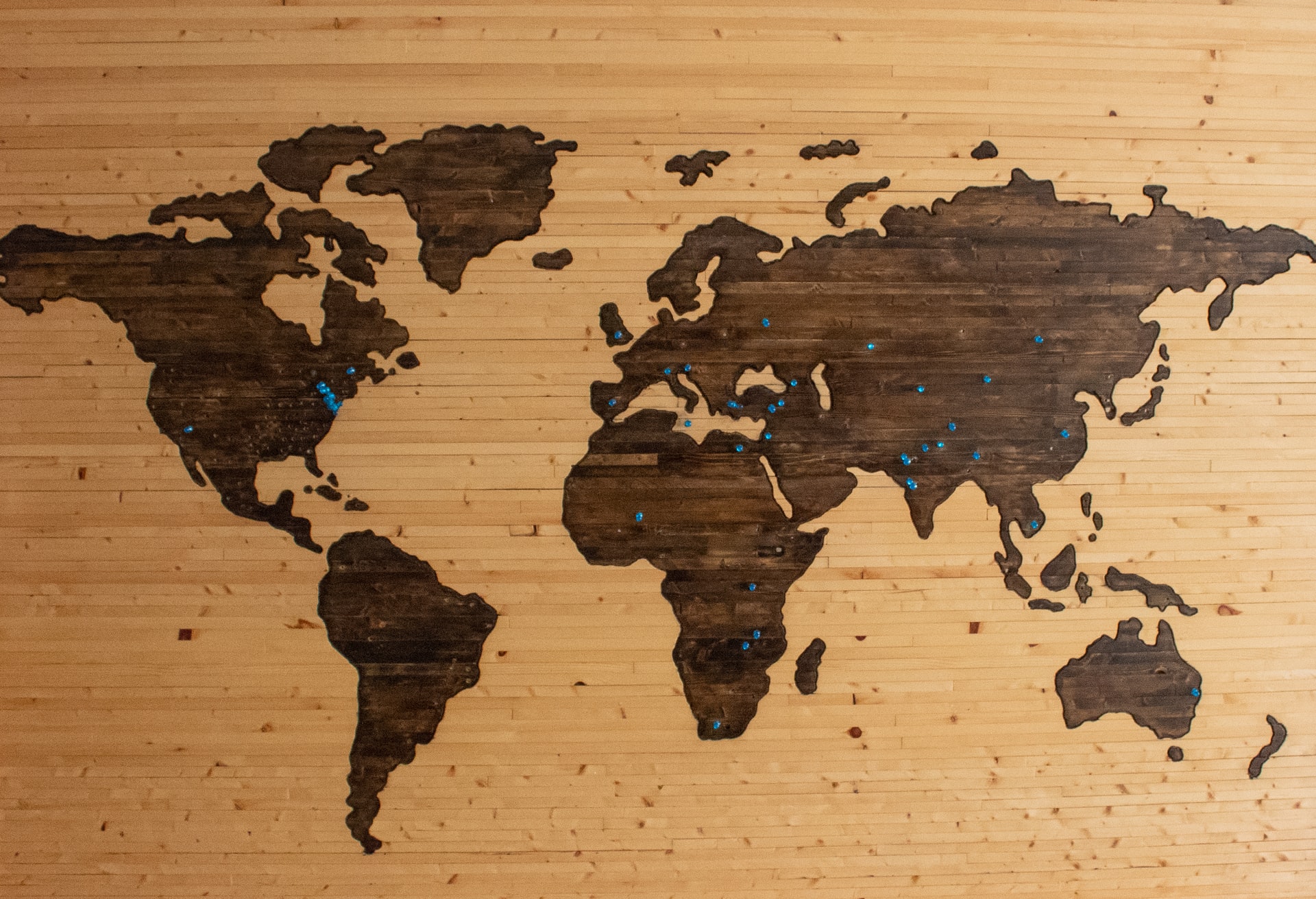In 2014, the US government launched an initiative called “Look South” to show companies in the United States the benefits of shipping to the Latin American market. Despite numerous trade agreements between Latin America and the US, 58% of US companies at the time were exporting to only one other country: Canada or Mexico.
Latin America is a close US trading partner, yet the complicated shipping logistics in most Latin American countries – whether by air, water, or overland – are hurting the region’s supply chain.
The challenge of automating and streamlining shipping logistics in Latin America is becoming more pressing as e-commerce and other B2C delivery businesses take hold. Not only are large corporations dealing with sending and receiving bulk cargo across the region, but individual consumers want more on-demand services that require better organization and logistics.
Latin America still lags behind in the development of its shipping industry. The World Bank reported that in 2014, no Latin American country was in the top 25% of the Logistic Performance Index global rankings. In 2016, this figure hardly changed; Panama is the top-ranked Latin American country for logistics and shipping, yet it comes in 40th on the LPI global rankings. Chile is next at 46th, with Mexico and Brazil ranking 54th and 55th, respectively.



